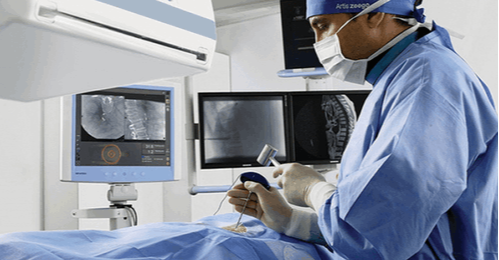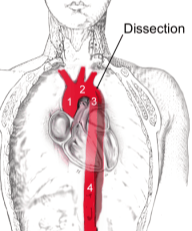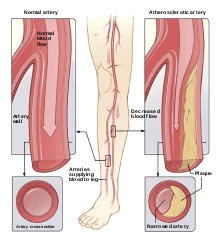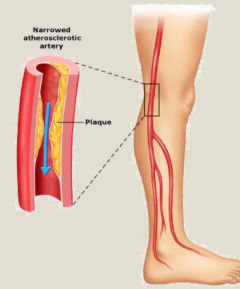Diagnosis Services in Cyprus
The range of procedures performed by interventional radiologists is broad and the unifying concept behind these procedures is the application of image guidance and minimally invasive techniques in order to minimize risk to the patient. Dr. Charalambus offers a variety of diagnostic services in Cyprus.
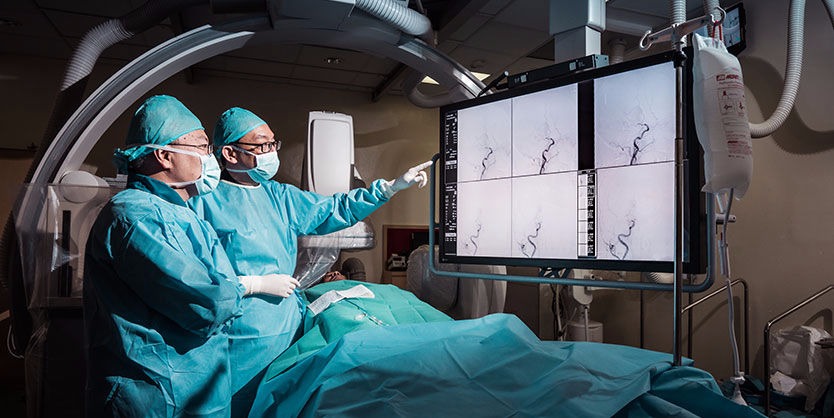
Angiography in Cyprus
Imaging the blood vessels to look for abnormalities with the use of various contrast media, including iodinated contrast, gadolinium based agents, and CO2 gas.
Cholangiography in Cyprus
Imaging the bile ducts within the liver to look for areas of blockage.
Biopsy in Cyprus
Taking of a tissue sample from the area of interest for pathological examination from a percutaneous or transvenous approach.
